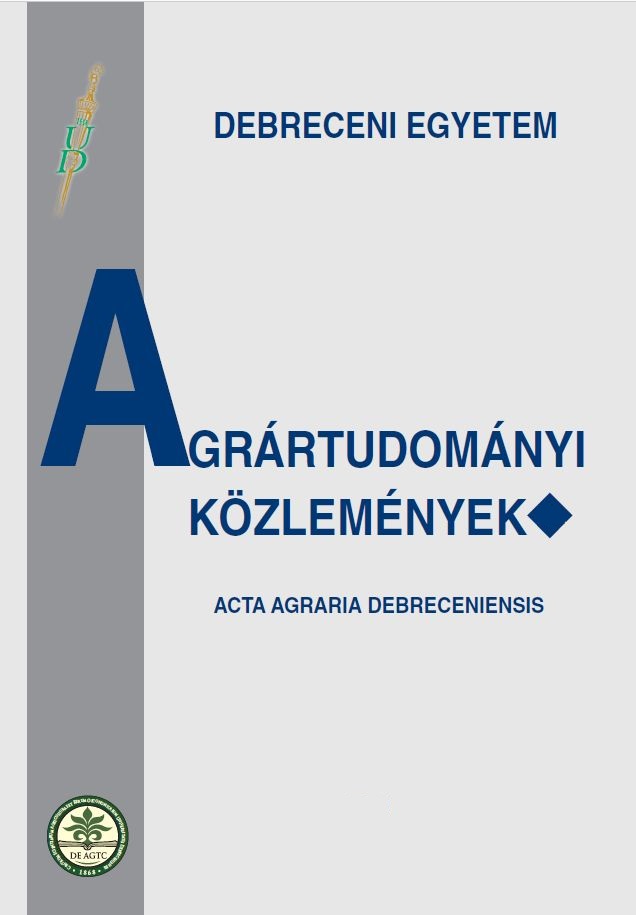Phosphorus (from Different Phosphorus Sources) Utilisation in Piglets, and the Effect of the Addition of Phytase into the Feedstuff
Authors
View
How To Cite
Abstract
The experiments were carried out in a 2x2 factorial treatments with three replicates, and were completed with 32P phosphorus metabolism measurement. Hungarian Large White x Dutch Landrace growing pigs with 15–18 kg starting live weight were involved in the experiment.
The experimental scheme was the following:
Diet consisted of maize and extracted soybean meal. Both components have high phytase content and low phytase activity. 1/a animals received their P-supply according to their needs and 1/b animals got 10% less than their actual P-need in the first part of the experiment.
In the second part of the experiment both groups (2/a, 2/b) received identical P-supply and 500FTU/kg P supplementation. Apart from P- and phytase-supplementation, the piglets’ diet was identical.
Total P digestibility was 52% without phytase supplementation, which increases by 4% when P was added according to need and by 12% increase of decreased P-supply. Digestibility of nutrients somewhat increased as effect of phytase supplementation. According to the results of 32P experiments, inorganic P digestibility of MCP was 82–90.8%, which decreases to 73.4–87.2% in case of phytase supplementation.
Parallel with tendency, native P digestibility of the diet was 31.5–32.2%, which increased to 42.5–54.5% in the case of phytase supplementation.
Results support the that inorganic P input can be decreased by phytase supplementation and as a consequence P output, the concept and environmental pollution can at the some time be decreased.

 https://doi.org/10.34101/actaagrar/9/3558
https://doi.org/10.34101/actaagrar/9/3558